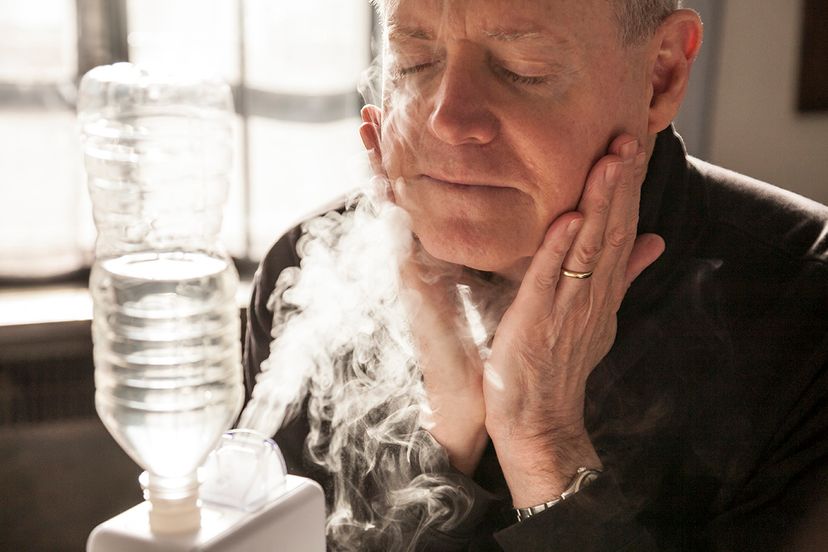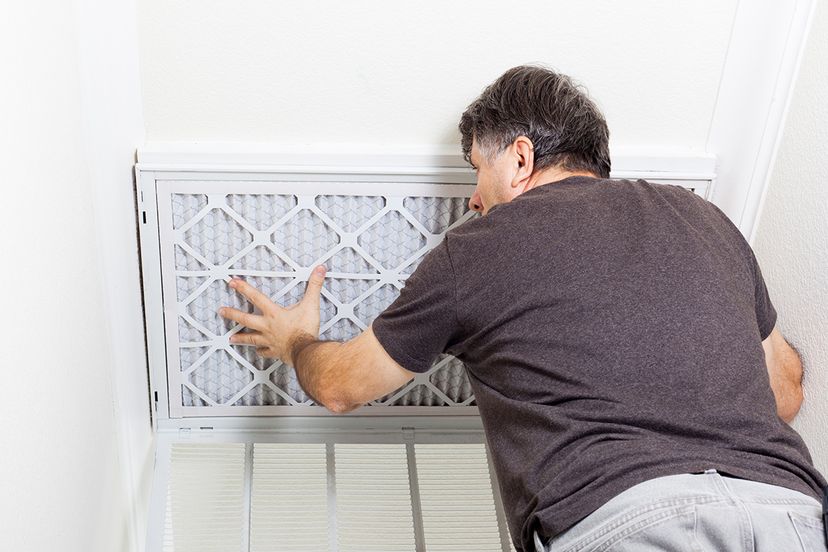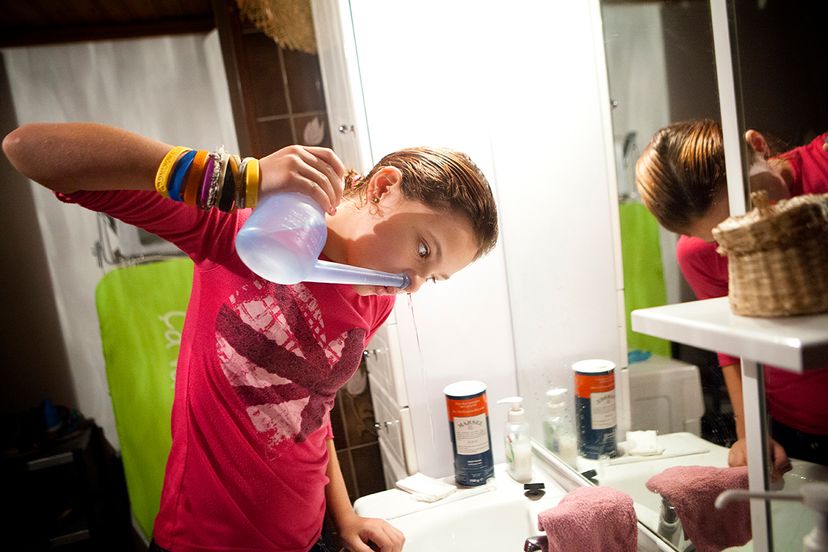
Sinuses are our friends. These empty spaces in our faces — and their layer of moist, protective mucus — form part of a vital first line of defense that traps and sweeps out harmful particles and germs. But when head congestion makes our faces feel terrible, or when colds leave us chain-wiping our way through box after box of tissues, sinuses might not feel like such a blessing after all.
The list of conditions that can cause sinus issues runs long and contains everything from bacterial bugs to allergies. But the head-splitting complaint usually arises from an irritation or immune response that sparks swelling in the sinuses or nasal passages, an ailment known as rhinosinusitis. Potential causes and triggers include:
Advertisement
- colds
- asthma
- structural problems
- certain drugs
- environmental factors
- stress
- hormonal changes
- enlarged adenoids (aka "the tonsils of the nose")
- nasal polyps
- thyroid disorders
- some types of granulomatosis, a disorder that swells blood vessels.
When congestion comes calling, start by blowing your nose. Hold one nostril closed with your finger while gently blowing through the other into a tissue (blasting away with too much force can blow germs into your ears, triggering earaches) [source: WebMD]. If the gentle blow won't do the trick, try a few of the tips below. One of them is bound to clear out the ducts.









